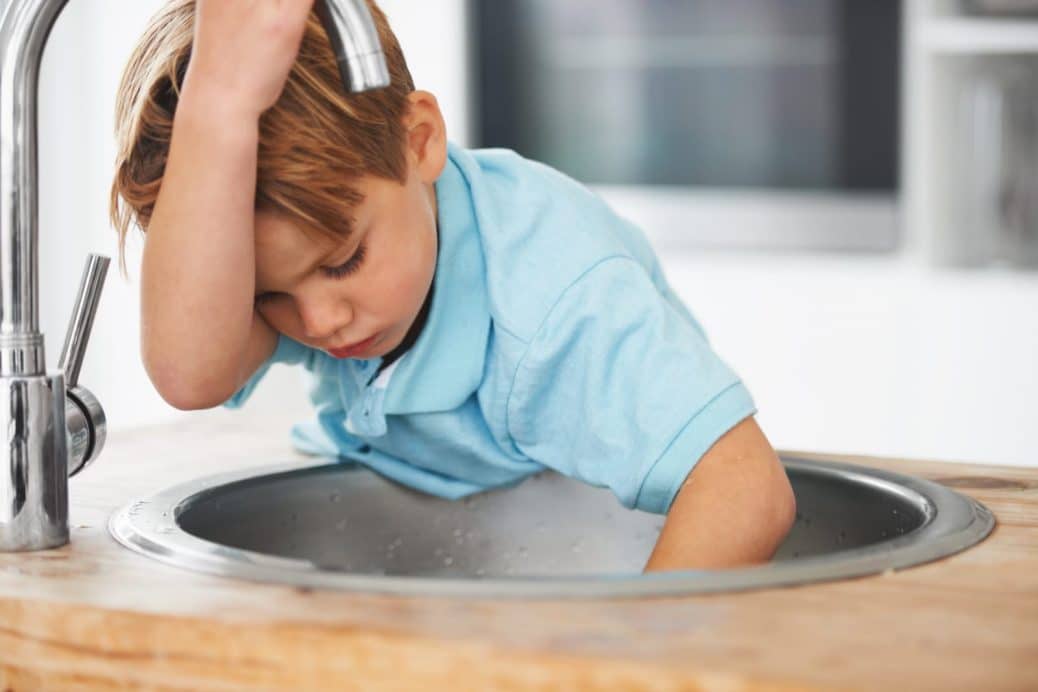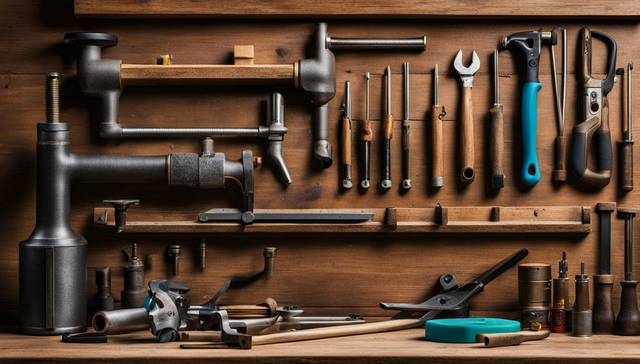Almost everyone has their own unique idea when it comes to Tips on How to Prevent Plumbing Issues in Your House.

Introduction
Keeping a practical plumbing system is essential for a comfy home. By taking preventive measures, you can stay clear of typical plumbing issues that might disrupt your daily life and sustain costly fixings.
Screen Water Pressure
Keep an eye on your water stress to avoid stress on your pipelines and appliances. High water stress can lead to leakages and damage gradually. Consider setting up a stress regulator to keep optimal water stress throughout your home.
Educate Family Members
Educate every person in your household concerning appropriate plumbing techniques. Instruct them what need to and shouldn't be purged or dealt with away to prevent avoidable plumbing issues.
Shield Pipes from Cold
Throughout cold weather, take steps to stop your pipes from freezing. Protect subjected pipelines, especially those in unheated locations like cellars and attics. Enable taps to trickle during freezing temperatures to avoid water from cold in the pipelines.
Address Leakages Quickly
Attend to any kind of leaks or drips as soon as you observe them. Also small leakages can waste water and cause damage to your home gradually. Tighten up loosened fittings or replace worn-out seals to avoid leaks from aggravating.
Normal Upkeep Checks
Routinely examining your plumbing system is necessary for recognizing potential issues before they rise. Examine pipes, taps, toilets, and appliances for leaks, corrosion, or signs of wear and tear.
View What You Flush
Be mindful of what you flush down your toilets. Avoid flushing items such as wipes, cotton balls, sanitary products, and paper towels, as these can cause clogs and back-ups in your pipelines.
Appropriate Disposal of Oil and Food Waste
Dispose of grease, oils, and food scraps correctly to avoid accumulation in your pipes. Avoid pouring oil away, as it can strengthen and cause obstructions. Make use of a filter in your kitchen sink to capture food particles and vacant it frequently.
Be Mild with Plumbing Fixtures
Prevent using excessive force when running plumbing components such as taps and valves. Rough handling can create wear and tear, resulting in leaks and various other malfunctions.
Normal Drain Cleaning
Set up regular drainpipe cleansing to avoid accumulation of hair, soap residue, and other particles. Make use of a drain snake or chemical cleaner to eliminate blockages and maintain smooth drainage.
Install Water Softeners
Take into consideration setting up a water conditioner if you have hard water. Difficult water can trigger mineral build-up in your pipelines and home appliances, leading to lowered water flow and performance.
Verdict
Stopping common plumbing problems in your home calls for diligence and regular maintenance. By following these safety nets, you can make certain that your plumbing system operates smoothly and stay clear of expensive repairs in the future.
Common Plumbing Problems Most Homeowners Face
When encountering problems with their plumbing, people sometimes attempt to fix them using DIY methods rather than call expert plumbers. But let’s face it; while DIY repairs may seem like a less expensive option, the reality is that in the long run, they often turn out to be more expensive, especially if you don’t have the expertise and tools many of these plumbing fixes require.
This post will highlight some of the most common plumbing problems facing homeowners. Because, as they say, knowing is half the battle—and knowing how to spot the tell-tale signs of various plumbing issues can help you in preventing them.
Dripping Faucets
One of the most common plumbing issues at home is dripping faucets. At some point, all homeowners and renters will experience a continually dripping faucet, which can be annoying and cost you money.
Besides the annoying sound, dripping faucets result in water wastage and an increased water bill. It’s astounding how quickly little drops of water can add up to a larger amount. For example, experts estimate that one faucet dripping at the rate of one drip per second accounts for 3,000 gallons of water annually, equivalent to 180 showers. Furthermore, studies show that fixing leaks helps save up to 10 percent on your water bill.
Dripping faucets are usually caused by a worn-out internal washer or O ring, which you can easily replace. Another cause of a dripping faucet may be corrosion or improper faucet installation.
Clogged Drains And Toilets
Another example of the most common plumbing problems is clogged drains and toilets. Clogged drains and toilets are characterized by water backing up as you shower or empty a sink. The most commonly used method to clear clogged drains and toilets is to use a plunger or a plumber’s pipe snake.
When attempting to unclog a drain pipe, you may be tempted to use a commercial drain cleaner. But by doing so, you run the risk of damaging your pipes and causing harm to the environment. Commercial drain cleaners may prove helpful in preventing hair, soap, toilet paper, and toothpaste from clogging your drains, but they may not be as effective against other blockages, like brush bristles or toothpaste caps.
You can fix a blocked drain using routine drain cleaning material and prevent further drain clogging by installing a drain guard. However, multiple clogged drains are a red flag indicating severe drainage blocks and a possible plumbing emergency. If you have multiple blocked drains, this is a situation best handled by expert plumbers.
Problematic Water Heaters
This plumbing issue is easy to spot because you get ice-cold water from your shower rather than pleasant warm water. If your water heater provides little to no hot water, you might be dealing with a plumbing crisis. Other plumbing problems that involve the water heater include:
Sediment buildup Corrosion or rust Broken valves Dripping water Water discoloration Inexplicable noises Unpleasant smell from bacteria buildup Low Water Pressure
Another of the most common plumbing problems is leaky faucets. Leaky faucets produce a continually annoying dripping sound and can cause weaker water pressure.
Low water pressure can occur suddenly or gradually develop over time. Low water pressure makes it difficult to do everyday chores, like rinsing, washing dishes, and showering, so fixing the utilities causing the low pressure should be a priority.
Low water pressure can result from any number of issues — the most common being water leakage from broken, corroded, or worn-out pipes.
Sewer System Backup
Nothing is as nasty as a sewer backup. It has a horrid smell accompanied by offensive waste material. There needs to be more than a DIY home plumbing repair to address this plumbing problem. If your drains and toilets are not working as they should, a sewer backup will likely happen soon, and you will have a real plumbing emergency.
Expert plumbers can save you from this unhygienic problem and expensive water damage repair. All you have to do is call them immediately. The faster you act, the better your chances of minimizing collateral damage.
Key Takeaway
While plumbing problems may be commonplace, they don’t necessarily have to be a major burden. You can save time, money, and frustration by being aware of homeowners’ typical plumbing problems and taking appropriate actions to prevent them. Remember, if you’re ever unsure how to handle a plumbing problem, it’s always better to consult a professional plumber who will guarantee to fix the problem properly.
https://absolutefix.com/blog/common-plumbing-problems-most-homeowners-face/

Do you really like reading up on Tips on How to Prevent Plumbing Issues in Your House? Give a remark directly below. We will be happy to listen to your thoughts about this blog entry. In hopes that you visit us again in the near future. If you liked our blog posting plz don't forget to share it. I treasure your readership.
Call